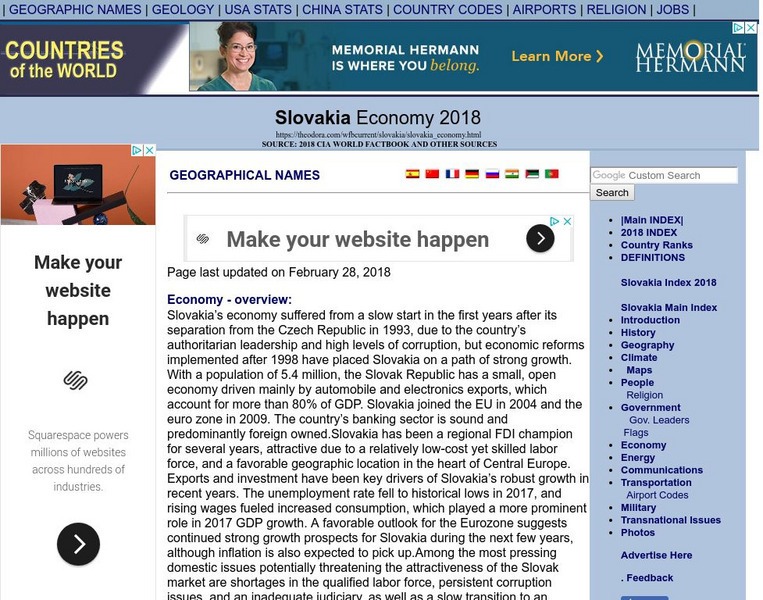Federal Reserve Bank
The Output Gap: A‘Potentially’ Unreliable Measure of Economic Health?
How can we accurately estimate what the economy should produce now and in the future? Have your pupils tackle this question as they learn about real versus potential GDP and as they review data regarding the output gap in...
PBS
The Housing Crisis: GDP, Housing Bubble, Recession
Secondary pupils examine the housing bubble and the 2008 and global economic crisis. Defining GDP and GDP growth, recession, and bubbles, young economists debate what makes a bubble and how housing can be an economic indicator....
College Board
2008 AP® Macroeconomics Free-Response Questions Form B
What happens if Mexico decreases tariffs on imported cars? Learners consider the question and others using authentic College Board materials. Other questions include evaluating the effects of government spending on a fictional country...
PBS
Looking for the Bottom
Secondary learners explore the economic indicators and the role they play in the US economy. Written for the 2008 economy, the lesson is adaptable to today's economic situation. Pupils discover economic indicators, analyze...
PBS
Pbs News Hour Extra: Lesson Plan: Financial Crisis
In this instructional activity, students will explore what GDP (Gross Domestic Product) and GDP growth mean, how stock and housing bubbles develop, and the causes and consequences of a housing market crisis. The instructional activity...
Information Technology Associates
Cia World Factbook: Slovakia Economy 2008
Provides excellent information on the state of the Slovakian economy. Information is from the CIA World Fact Book.
Federal Reserve Bank
Ask Dr. Econ: How Many Recessions Have Occurred in the u.s. Economy?
Resource takes a look at the period from the 1940s to the end of 2007 and explores in depth the topic of recessions and how many have actually occurred.






